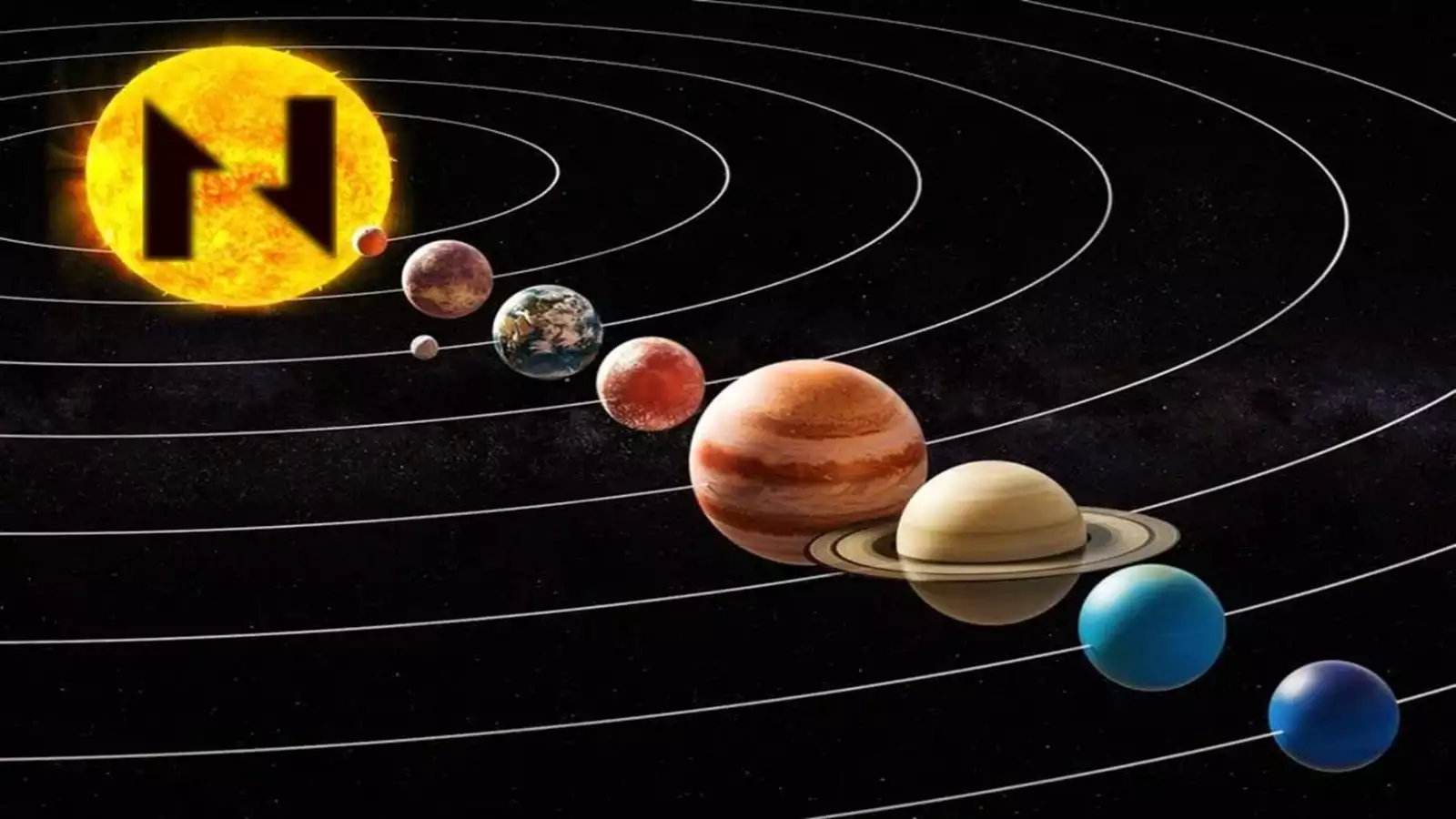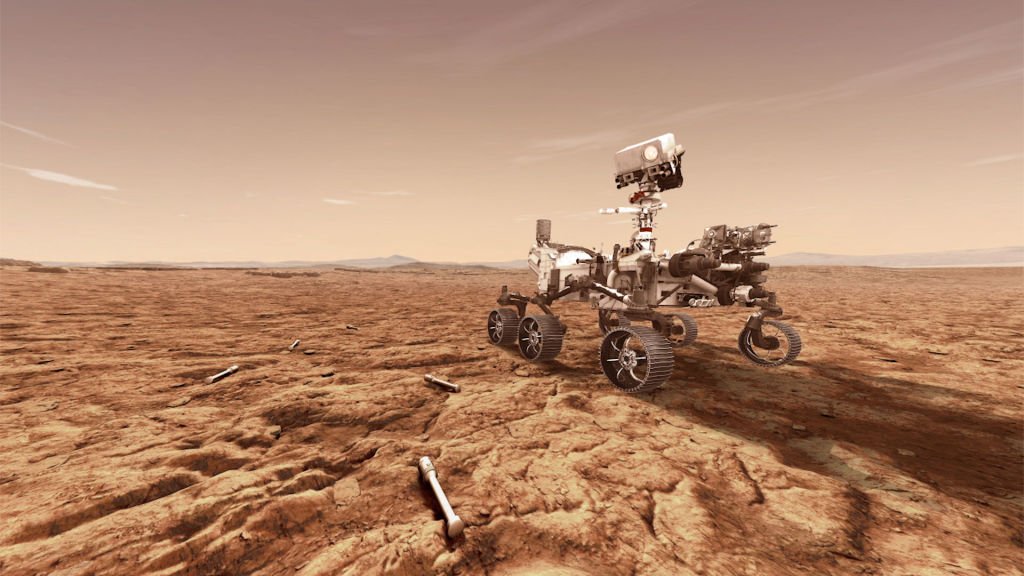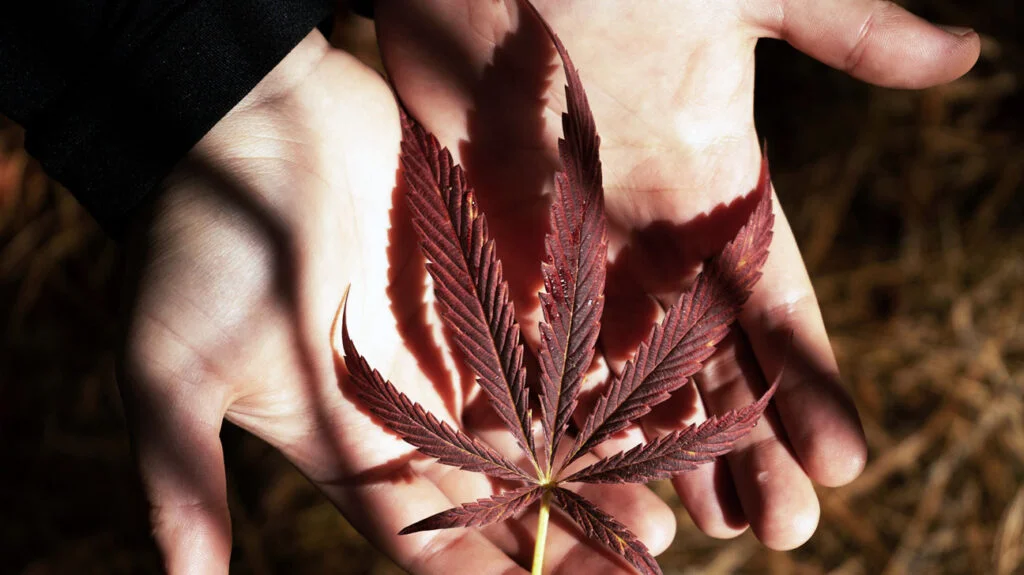A rare triple planetary conjunction is scheduled to brighten up the heavens with a “smiley face” on Friday, April 25, so stargazers everywhere are in for a treat. This uncommon conjunction can be seen from anywhere in the world, but it will only be visible for a brief time, according to LiveScience. This unusual optical phenomena, which resembles a smiling face in the sky, will be produced by the alignment of Venus, Saturn, and the crescent moon. The delicate crescent Moon will form the “mouth” of the “smile,” while the two planets will serve as its “eyes.”
Notably, when three heavenly bodies align in the sky and appear near one another, this is known as a triple conjunction. Venus, Saturn, and the crescent moon will form a triangular formation that resembles a happy face in the predawn sky on the morning of April 25. Anyone with a clear view of the eastern horizon before sunrise on Friday, April 25 will be able to see this alignment, according to LiveScience.
What is a triple conjunction?
A conjunction occurs when two or more celestial objects appear very close to each other in the night sky. When three celestial objects are involved, it becomes a triple conjunction.
“Venus is higher above the eastern horizon with Saturn lower, and a thin, crescent Moon a bit lower and a little farther north. The thin, crescent Moon looks like a smile. To some people, the triangle of bright objects may appear as a smiley face,” said NASA Solar System Ambassador Brenda Culbertson.
When will the triple “smiley” conjunction be visible?
The face will be visible from anywhere in the world with good viewing conditions.
To catch the best view, make sure you’re looking towards the eastern horizon on the morning of April 25. The triple conjunctions will “smile” early in the morning, just one hour before sunrise. “Anyone wanting to try for a glimpse of the conjunction should find a clear eastern horizon from which to observe,” Mr Culbertson said.
Notably, this rare event happens right after the Lyrid meteor shower reaches its peak, so the night sky will already be bustling with activity.
How to view the triple ‘smiley’ conjunction?
Although Venus and Saturn will be clearly visible to the unaided eye due to their brightness, you can see features of the smirking crescent moon with the aid of a nice telescope in your garden or stargazing binoculars.
Mercury can also be seen beneath the sparkling trio for those with a clear horizon.












